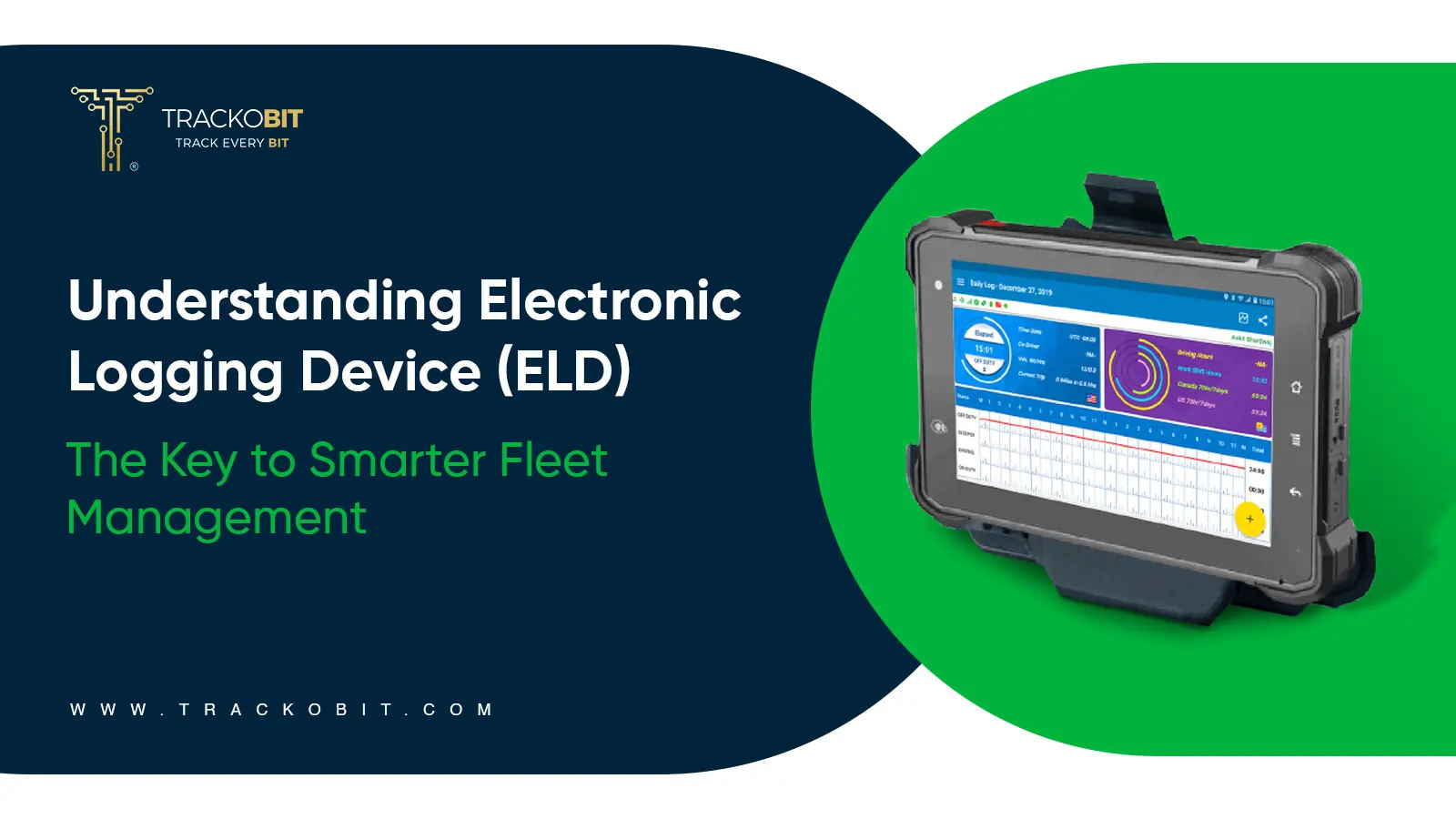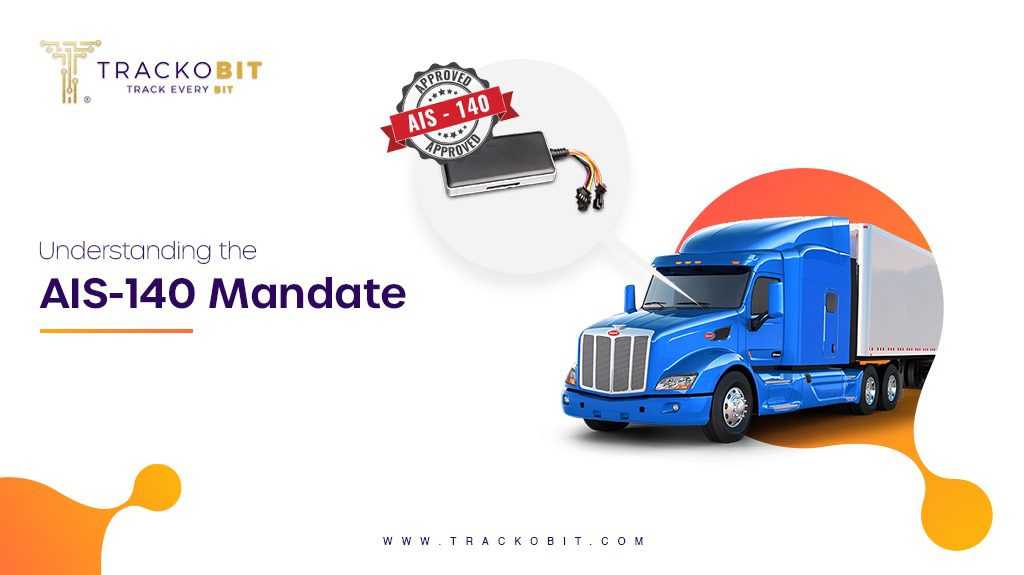-
TrackoBit
Manage commercial vehicles with the new-age Fleet Management Software
TrackoBit -
TrackoField
Streamline your scattered workforce with Field Force Management Software
TrackoField -
Features Resources
-
Blog
Carefully curated articles to update you on industrial trends. -
White Paper
Insightful papers and analysis on essential subject matters. -
Glossary
Explore an alphabetical list of relevant industry terms. -
What’s New
Get TrackoBit & TrackoField monthly updates here. -
Case Study
Explore the cases we solved with our diverse solutions. -
Comparisons
Compare platforms, features, and pricing to find your best fit.
-
About Us
Get to know TrackoBit: our team, ethos, values, and vision. -
Careers
Join the most dynamic cult of coders, creatives and changemakers. -
Tech Support
Learn about our technical support team and services in detail. -
Events
Check out the exhibitions where we left our marks and conquered. -
Contact Us
Connect with us and let us know how we can be of service.
On Board Diagnostics Obdii
Related Terms
What is an OBD (onboard diagnostics)?
Automotive electronic systems that enable self-diagnosis and reporting for repair specialists are known as onboard diagnostics (OBD). With an OBD, technicians may access subsystem data to monitor performance and assess repair needs.
Most light-duty automobiles employ the OBD standard protocol to retrieve diagnostic data. Engine control units, often known as engine control modules or ECUs, generate information within a vehicle. They resemble the vehicle’s computers or brain.
Why is OBD so Important?
OBD is an important part of telematics and fleet management, making measuring and managing vehicle health and driving possible.
Thanks to the OBD, fleets can:
- Track wear trends and see what vehicle parts are wearing out faster than others.
- Instantly diagnose vehicle problems before they occur, supporting proactive rather than reactive management.
- Measure driving behavior, speed, idling time and so much more.
Where is the OBDII Port Located?
Typically, the OBDII port is located on the driver’s side of the dashboard, underneath the dashboard in a passenger car. Depending on the kind of vehicle, the port’s configuration could be 16-pin, 6-pin, or 9-pin.
OBDII and Telematics Software Pairing
OBDII (On-Board Diagnostics) and telematics software like TrackoBit pair to provide comprehensive vehicle monitoring and management solutions. OBDII interfaces with a vehicle’s onboard computer, collecting real-time data on engine performance, fuel efficiency, and emissions.
TrackoBit then analyzes this data, offering insights into vehicle health, driver behavior, and route optimization. By combining OBDII’s diagnostic capabilities with telematics software’s analytical power, businesses can optimize fleet operations, improve fuel efficiency, reduce maintenance costs, and enhance overall safety and sustainability. This pairing enables proactive maintenance, efficient routing, and informed decision-making for effective fleet management.
We use cookies to enhance and personalize your browsing experience. By continuing to use our website, you agree to our Privacy Policy.



































